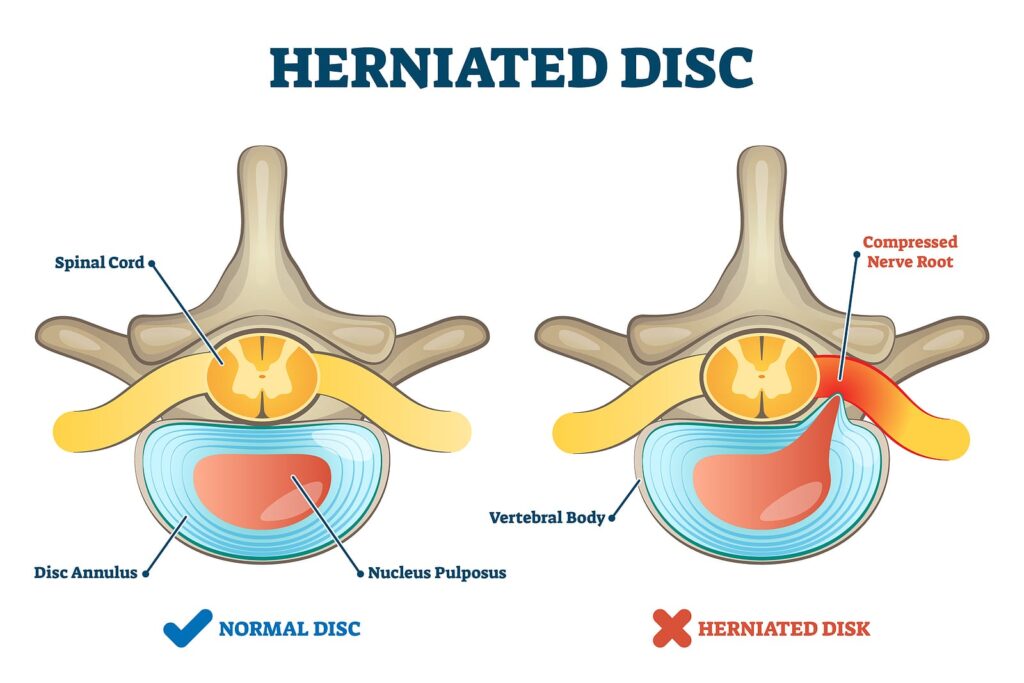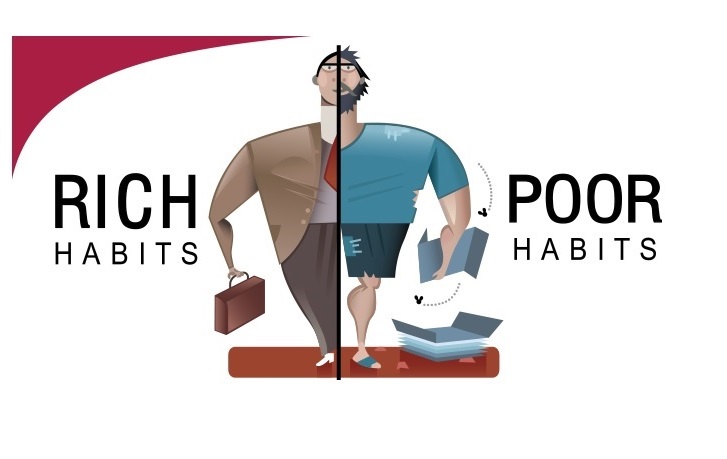Demystifying Herniated Discs: Busting Common Myths 1. Myth: A disc can slip out of place. Truth: “slipped disc” often refers to a herniated disc. However, a disc cannot slip out of its place. In a herniated disc, the inner...
The post Disc Herniation Myths appeared first on Farrelly Chiropractic.




 Back Extension Exercise
Back Extension Exercise










